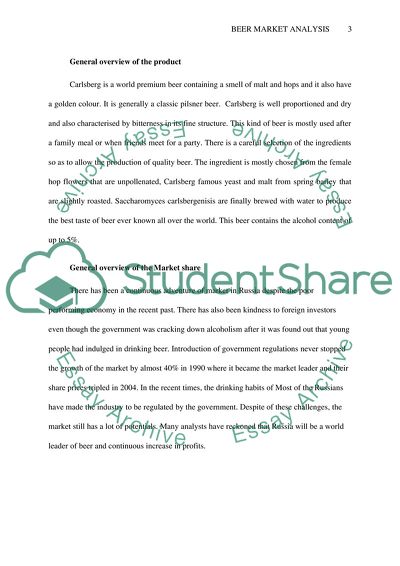Cite this document
(INTERNATIONAL BUSINESS AND GLOBAL CHANGE Essay Example | Topics and Well Written Essays - 4000 words - 1, n.d.)
INTERNATIONAL BUSINESS AND GLOBAL CHANGE Essay Example | Topics and Well Written Essays - 4000 words - 1. https://studentshare.org/macro-microeconomics/1795707-international-business-and-global-change
INTERNATIONAL BUSINESS AND GLOBAL CHANGE Essay Example | Topics and Well Written Essays - 4000 words - 1. https://studentshare.org/macro-microeconomics/1795707-international-business-and-global-change
(INTERNATIONAL BUSINESS AND GLOBAL CHANGE Essay Example | Topics and Well Written Essays - 4000 Words - 1)
INTERNATIONAL BUSINESS AND GLOBAL CHANGE Essay Example | Topics and Well Written Essays - 4000 Words - 1. https://studentshare.org/macro-microeconomics/1795707-international-business-and-global-change.
INTERNATIONAL BUSINESS AND GLOBAL CHANGE Essay Example | Topics and Well Written Essays - 4000 Words - 1. https://studentshare.org/macro-microeconomics/1795707-international-business-and-global-change.
“INTERNATIONAL BUSINESS AND GLOBAL CHANGE Essay Example | Topics and Well Written Essays - 4000 Words - 1”. https://studentshare.org/macro-microeconomics/1795707-international-business-and-global-change.


